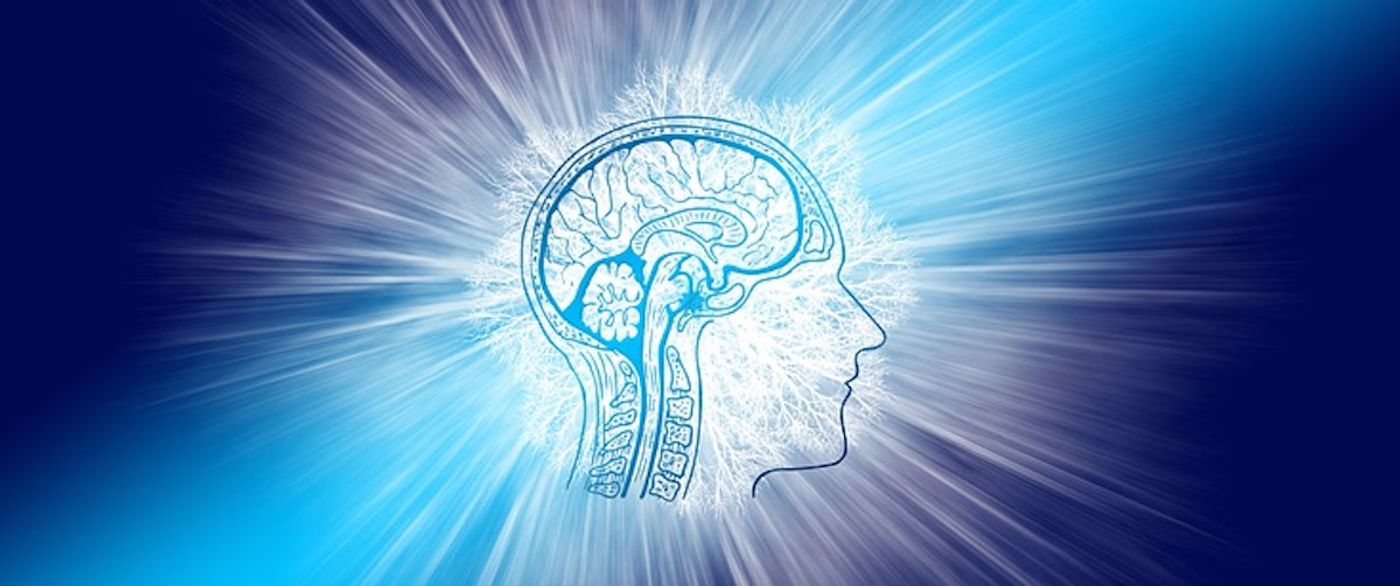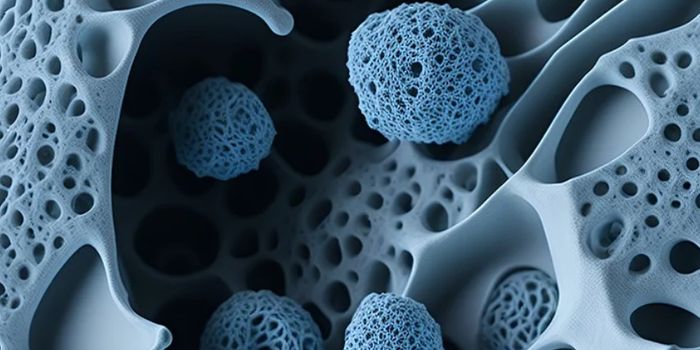Does Consciousness Come Down to One Kind of Neuron?
Can our consciousness be traced back to a simple neurological link? A team of researchers has suggested that in the cortex of the brain, a type of nerve cell, L5p neurons, are the connection between ‘content circuits' that hold information we're aware of, like a sight or taste, and 'switchboard circuits' that regulate states of awareness, like sleep or wakefulness. If their theory holds true, then consciousness is not possible without L5p neurons.
It’s been suggested that consciousness depends on links between neurons in the cortex of the brain and the thalamus, the 'thalamo-cortical' circuits. The thalamus controls the flow of information coming from our senses, except smell. The thalamocortical circuits are considered to be targets of general anesthesia, and when they’re damaged because of a stroke or a tumor, it often causes a coma. Imaging studies, however, have indicated that consciousness sits primarily in the cortex in 'cortico-cortical' circuits. Reporting in Frontiers in Systems Neuroscience, a team of researchers hypothesized that L5p neurons connect the circuitry.
"Thalamo-cortical and cortico-cortical circuits intersect via L5p neurons," said the lead study author Dr. Jaan Aru, neuroscientist at Humboldt University, Berlin. "Studies tracing these cells under the microscope suggest they participate in both circuits, by exchanging connections with both thalamus and cortex."
In mice, cellular imaging has shown that when the animals are exposed to a stimulus, like a puff of air on the leg, L5p neurons respond. When the animal is awake, the response increases, and if the animal has a reaction, such as moving its leg, the response is even higher. These functional studies suggest that L5p neurons may indeed connect the contents and states of consciousness.
"We can't tell what the mouse is thinking," conceded Aru. "But if we assume that it reacts only when it is conscious of the stimulus, then this study demonstrates the interaction between the state [wakefulness] and contents [sensory experience] of consciousness in L5p neurons."
Other research work that directly activated L5p neurons with a drug made mice have a reaction to weaker stimuli, or to no stimulus at all. "It's as if the mouse experiences an illusory stimulus; as if L5p stimulation creates consciousness," Aru suggested. He added that the theory will need more investigation. Aru is featured in the video below, discussing free will.
"Our goal here is to convince others that future work on the mechanisms of consciousness should specifically target L5p neurons," he added.
Rapid changes in a stimulus sometimes escape conscious perception - like a brief image spliced into a video. This work can help explain why that happens - the cortico-cortical circuit has to signal to the thalamo-cortical circuit and back again through L5p neurons.
Another example is ‘backward masking;’ when two images appear in less than 100 milliseconds, only the second image is perceived. Aru explained that "by the time the stimulus completes the L5p-thalamus-L5p relay, the second image has taken over early cortical representation and steals the limelight lit by the first image. All brain activity that does not (sufficiently) involve L5p neurons remains unconscious."
Now, researchers will have to put this theory to the test.
Sources: AAAS/Eurekalert! via Frontiers, Frontiers in Systems Neuroscience









